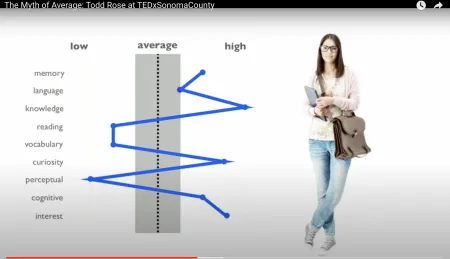Learner: A course member who is positioned to take an active role in their own learning process
Variability: Acourse member's unique profile (social identities, learning preferences, background, experiences, interests, etc.) that frame their relationships with you, your course content, and their peers.
Flexibility: Easily modified and offering choice and variation.
